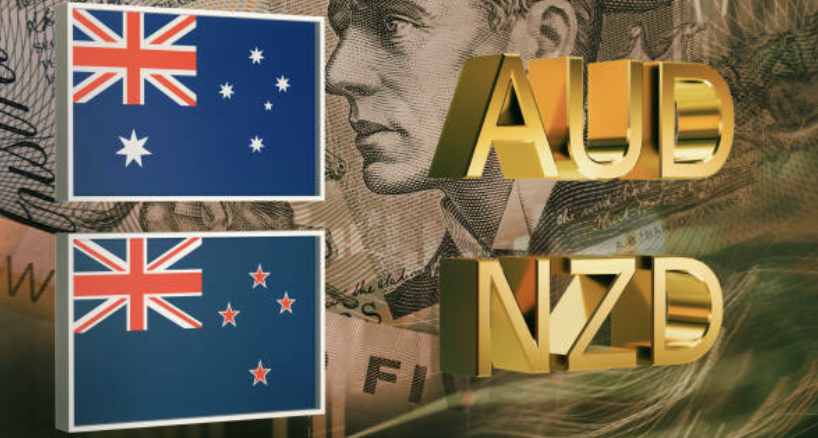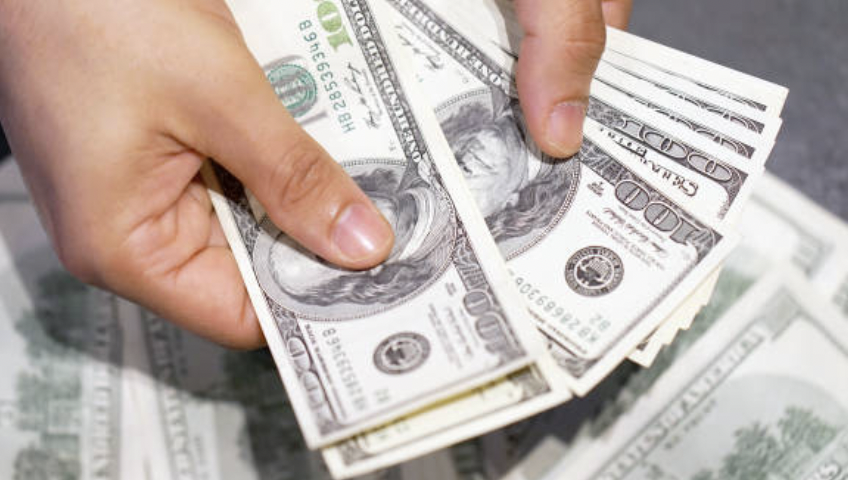
Drake Hampton
Apr 21, 2022 09:44
The Bank of Japan (BoJ) has returned to the market, purchasing an unlimited quantity of government bonds to keep 10-year Japanese government bond yields below 0.25 percent in a further bid to jump-start the country's ailing economy. While other countries seek to lower their balance sheets (quantitative tightening), the Bank of Japan continues to inject money into the economy, further separating itself from the world's other major central banks.
Japan's loose monetary policy, exacerbated by this third round of bond purchases, continues to weigh on the Yen, further weakening it across the board. The Bank of Japan will act at some point to attempt to contain the Yen's losses, but at what level and with what commitment is unclear. At the beginning of this month, the USD/JPY 125.00 level was viewed as a 'line in the sand' that, if crossed, would trigger BoJ intervention, primarily verbal. This level has remained quite stable, there or thereabouts, for nearly two decades and has finally fallen this month. It is now conceivable that 130.00 will become the next target for the Bank of Japan, which has already cautioned against the currency's strong movements. It remains to be seen how the BoJ will prevent the Yen from further depreciating while also pouring money into the economy through the purchase of government debt.
The monthly USD/JPY chart illustrates the pair's 15-month rally and the ease with which it overcame former monthly resistance at 118.66 and 123.75 before edging beyond 125.00. The last two sectors are now expected to become support, particularly with the BoJ buying bonds, leaving 130.00 as the next target. If this conclusively breaks, which may be difficult in the immediate term, 135.20 becomes the next landing zone.
Retail traders are struggling with the USD/JPY, with recent data indicating a strong and growing short bias. According to retail trader data, 26.82 percent of traders are net long, with a short-to-long ratio of 2.73 to 1. The number of traders who are net-long is up 10.93 percent from yesterday and up 26.11 percent from last week, while the number of traders who are net-short is up 5.76 percent from yesterday and up 2.25 percent from last week.
We normally take a contrarian position on crowd mood, and the fact that traders are net-short USD/JPY suggests that prices may continue to increase. Nonetheless, traders are less net short today than they were yesterday and last week. Recent attitude shifts suggest that despite the fact that traders remain net short, the present USD/JPY price trend may shortly reverse lower.



Apr 22, 2022 09:48